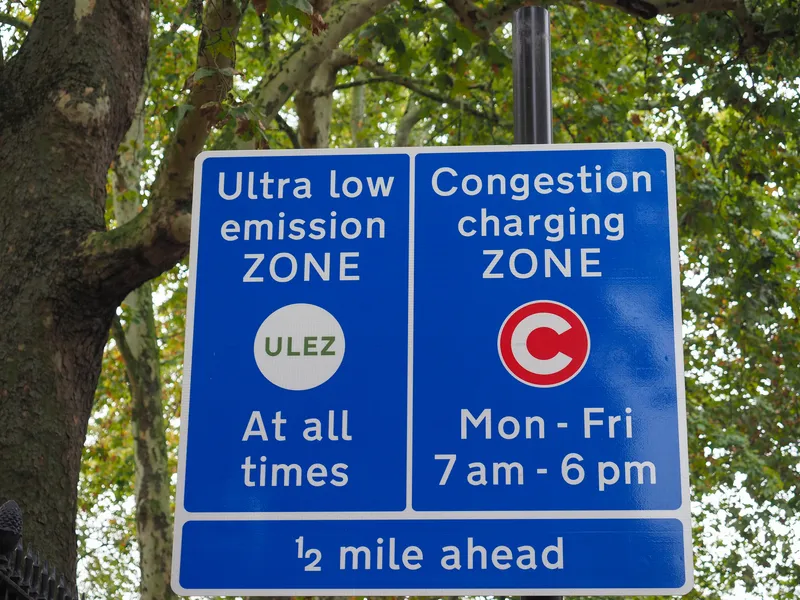A new floodlight combining maintenance-free LED technology and a self-contained backup battery has been introduced by hazardous area lighting specialist Chalmit Lighting. The Solas is designed for use in both Zone 1 hazardous areas and harsh marine environments.
January 27, 2012
Read time: 2 mins

A new floodlight combining maintenance-free LED technology and a self-contained backup battery has been introduced by hazardous area lighting specialist 1761 Chalmit Lighting. The Solas is designed for use in both Zone 1 hazardous areas and harsh marine environments.
Uniquely it provides the same level of light output under either normal or emergency conditions.
"The initial concept was to replace an existing emergency floodlight, the 261E," explains Chalmit Marketing Manager Gareth Bruce. "In that product the batteries were contained in a separate box.
The use of LEDs and smart driver technology has allowed the complete solution to be contained within the luminaire enclosure. Not only is the Solas a more efficient, compact and price-competitive replacement for the 261E, it has also created a host of new applications due to its increased flexibility." The luminaire is compliant with both ATEX and IEC Ex standards and is suitable for use in a wide range of ambient conditions from - 55 to +55C. The universal-voltage, 110-254VAC/DC 50/60Hz, makes the Solas a truly global product. An industrial, non-hazardous version is also available that provides the same levels of ingress protection (IP66/67) and maintenance-free capability.
Uniquely it provides the same level of light output under either normal or emergency conditions.
"The initial concept was to replace an existing emergency floodlight, the 261E," explains Chalmit Marketing Manager Gareth Bruce. "In that product the batteries were contained in a separate box.
The use of LEDs and smart driver technology has allowed the complete solution to be contained within the luminaire enclosure. Not only is the Solas a more efficient, compact and price-competitive replacement for the 261E, it has also created a host of new applications due to its increased flexibility." The luminaire is compliant with both ATEX and IEC Ex standards and is suitable for use in a wide range of ambient conditions from - 55 to +55C. The universal-voltage, 110-254VAC/DC 50/60Hz, makes the Solas a truly global product. An industrial, non-hazardous version is also available that provides the same levels of ingress protection (IP66/67) and maintenance-free capability.










